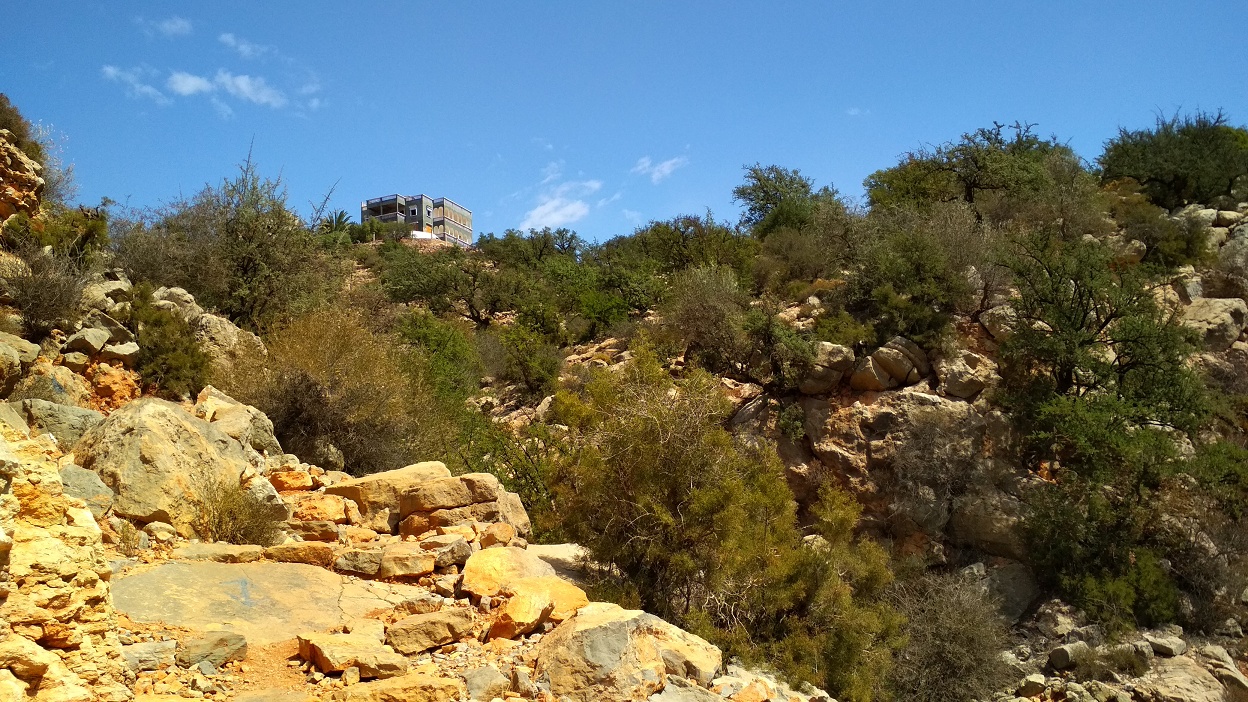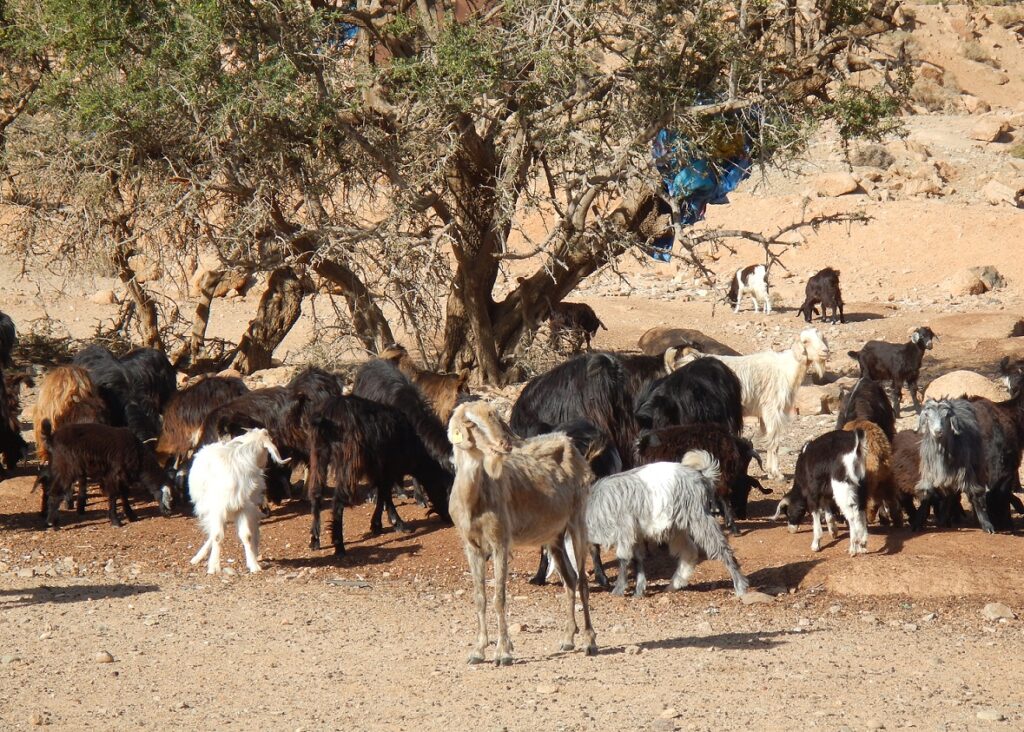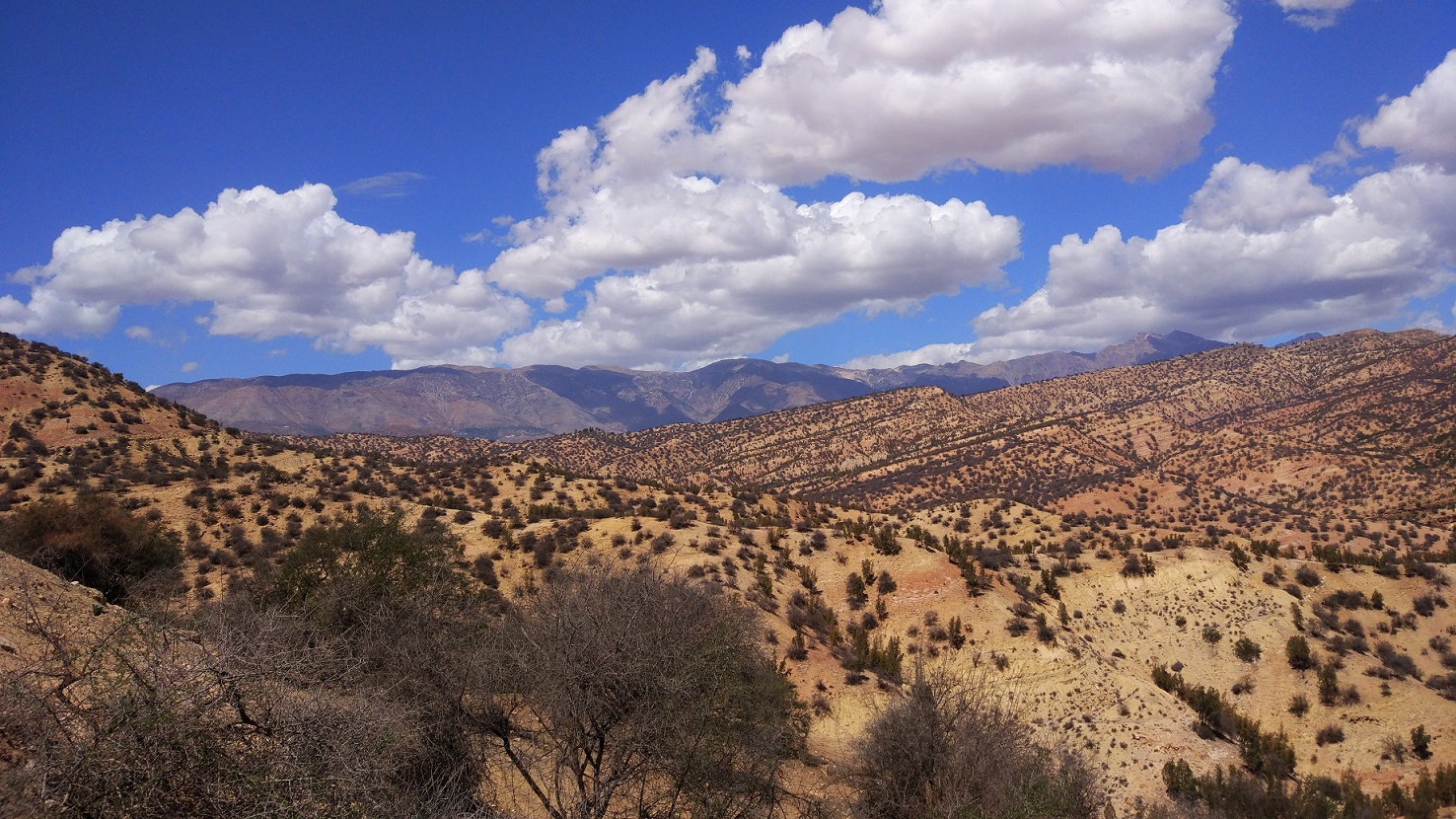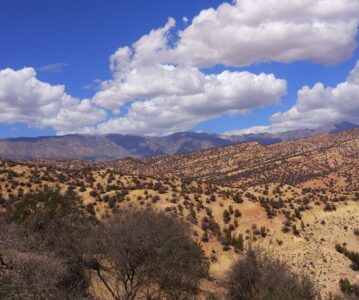About Morocco: A Gateway to Adventure and Ancient Culture
Nestled in North Africa, the Kingdom of Morocco is a land of breathtaking contrasts. While geographically African, its soul is a captivating tapestry woven from Berber, Arabic, and European influences. I often say that travelling to Morocco isn’t just a trip to Africa. It’s a journey into a world where ancient medinas sit alongside art deco cafés, and the call to prayer echoes over French-inspired boulevards. For a European traveller, it feels fascinatingly familiar yet thrillingly exotic, all at once. And this is all elevated by legendary Moroccan hospitality – a warmth that ensures you might just feel more welcomed than you do back home.
Up until the global pause in March 2020, Morocco consistently ranked as a top holiday destination for Europeans, with millions of visitors from France, Spain, the UK, Germany, and the Netherlands flocking to its shores each year. The iconic cities of Marrakech, Fez, and Ouarzazate top the list, closely followed by the imperial capital of Rabat, the windswept charm of Essaouira, and the coastal resort of Agadir.
The deep historical links with Europe are undeniable. For centuries, the Moors, who came from this very land, shaped the culture, architecture, and knowledge of Spain, leaving a legacy that still defines much of Southern Europe today. It’s a shared history that makes every visit feel like uncovering a piece of a grand, interconnected story.

A Modern Kingdom with Ancient Roots
Morocco is a unitary parliamentary semi-constitutional monarchy, proudly led by King Mohammed VI. As a direct descendant of the Prophet Mohammed and the nation’s commander-in-chief, the King is a revered figure who embodies both the spiritual and secular leadership of the country.
With a population of over 36 million people, predominantly Sunni Muslim, Morocco is a nation of vibrant community. In size, its 466,000 square kilometres (excluding the Western Sahara) makes it slightly larger than Iraq and a touch smaller than Spain, while its population sits comfortably between that of Saudi Arabia and Canada.

Practical Insights for Your Journey
- Language: The most widely spoken language is Moroccan Arabic (Darija). While French is not an official language, it remains a lingua franca for business, government, and education. You’ll also hear Berber (Amazigh) languages and Hassaniya Arabic. Fear not, though – in major tourist centres, you’ll find many who communicate well in English.
- Currency: The local currency is the Moroccan Dirham (MAD). While many guesthouses and shops in tourist areas will happily accept Euros, it’s always wise to have local currency for smaller purchases and souks. ATMs are widespread in cities and towns, though it’s advisable to use those affiliated with major banks in more remote locations to ensure card compatibility.
- Landscape: Morocco’s geography is as diverse as its culture. Its western border is defined by the wild Atlantic Ocean, while its northern coast kisses the calm Mediterranean Sea. Inland, the mighty Atlas Mountains carve through the country, offering some of North Africa’s most spectacular scenery. Here, you’ll find Mount Toubkal, the region’s highest peak at 4,167 metres, and surprisingly, even ski resorts where you can ski in the morning and be on a sun-drenched beach by the afternoon!
This is just a glimpse into the magic that awaits. From the labyrinthine souks and aromatic spice stalls to the vast, silent expanse of the Sahara desert, Morocco is a country that captures the heart and ignites the imagination.
Ready to explore further? Dive into my detailed travel articles to start planning your own unforgettable Moroccan adventure.

